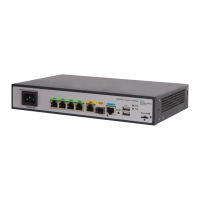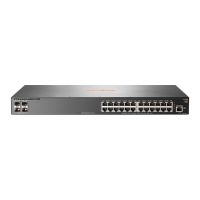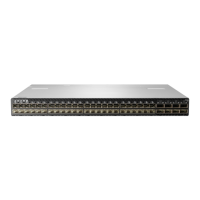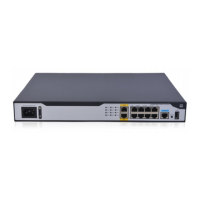148
undo poe pse-policy priority
Default
PSE power management is disabled.
Views
System view
Predefined user roles
network-admin
Usage guidelines
If PSE power management is disabled, the system does not supply power to new PSEs when PoE
power overload occurs.
If PSE power management is enabled, the system supplies power based on the PSE priority and
PSE ID when a new PSE causes PoE power overload.
Examples
# Enable PSE power management.
<Sysname> system-view
[Sysname] poe pse-policy priority
Related commands
poe priority (system view)
poe update
Use poe update to upgrade a PSE firmware when the device is operating.
Syntax
poe update { full | refresh } filename [ pse pse-id ]
Views
System view
Predefined user roles
network-admin
Parameters
full: Upgrades the PSE firmware in full mode.
refresh: Upgrades the PSE firmware in refresh mode.
filename: Specifies the name of the upgrade file, a case-insensitive string of 1 to 64 characters. The
specified file must be in the root directory of the file system of the device.
pse pse-id: Specifies a PSE by its ID. If you do not specify a PSE, all PSEs are upgraded.
Usage guidelines
You can upgrade the PSE firmware in service in either of the following modes:
Refresh mode—Updates the PSE firmware without deleting it. You can use the refresh mode
in most cases.
Full mode—Deletes the current PSE firmware and reloads a new one. Use the full mode if the
PSE firmware is damaged and you cannot execute any PoE commands.
Examples
# Upgrade the firmware of PSE 7 in service.
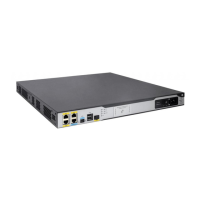
